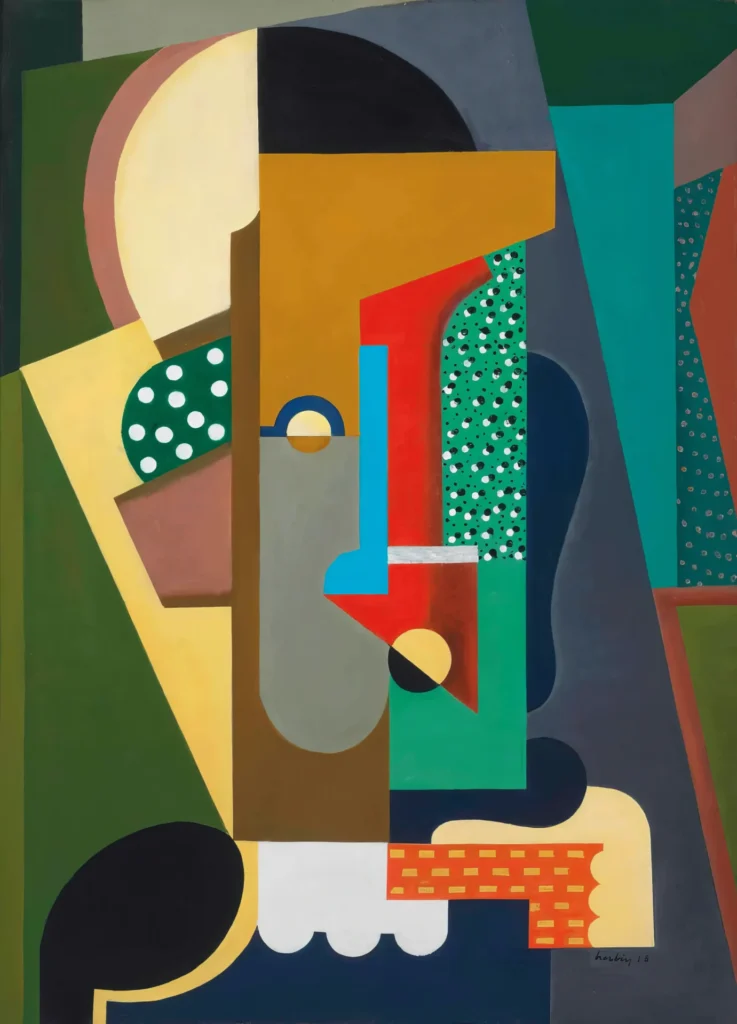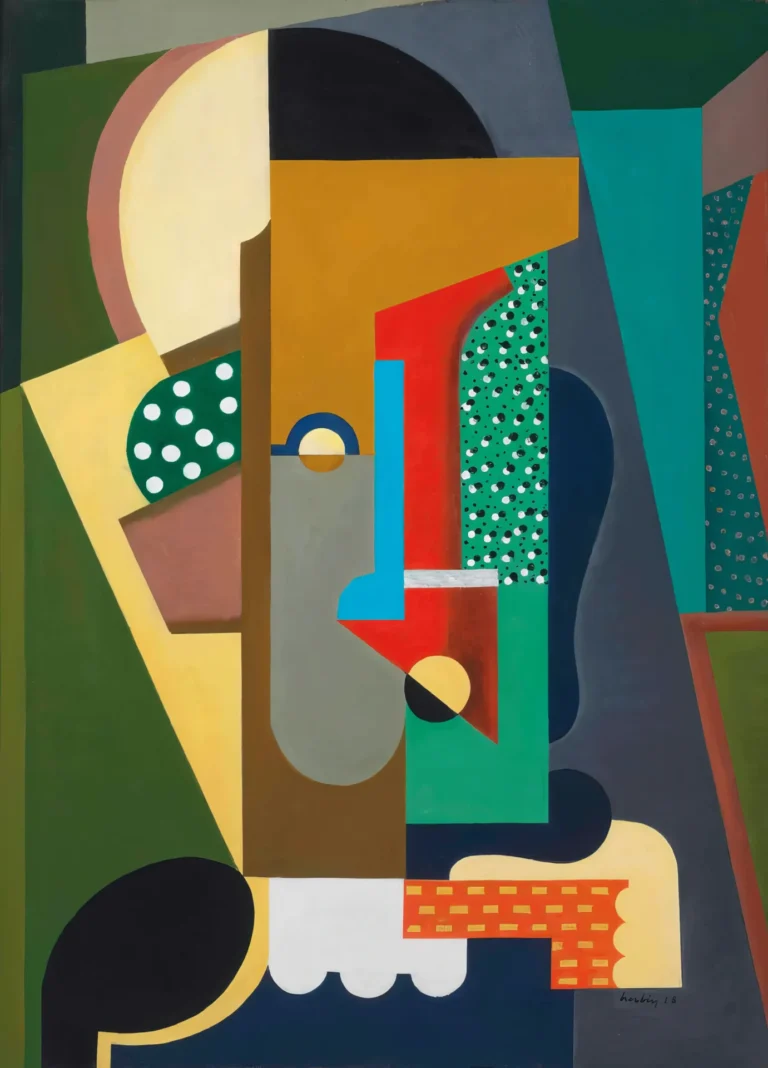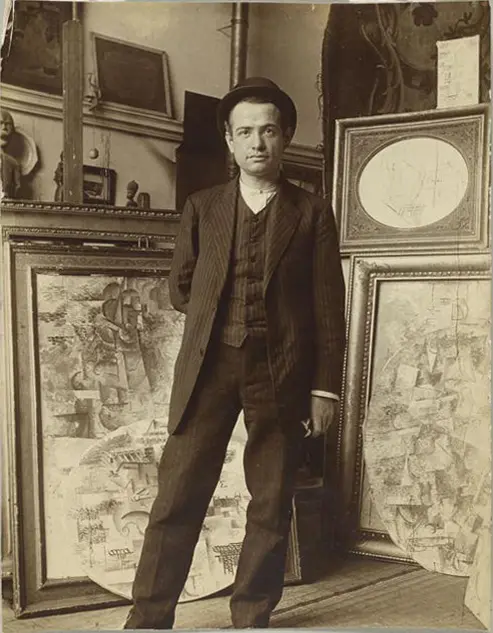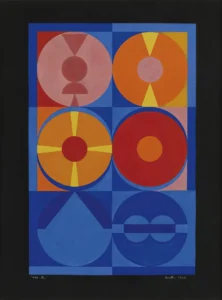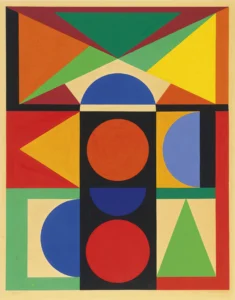Composition (1918)
Composition is a remarkable example of Auguste Herbin's artistic evolution, completed in 1918. Using gouache on paper, Herbin showcases his mastery of geometric shapes and brilliant colors, influenced by the Cubism movement and contemporaries like Picasso. This artwork stands at the precipice of his transition towards pure abstraction, representing a key moment in the early 20th-century art scene and illustrating his future impact on modern art.
Year 1918
About the Artwork
The creation of Composition in 1918 marks a pivotal moment in Auguste Herbin's career. Having been influenced by the revolutionary art movement of Cubism, Herbin's work reflects the innovative spirit of his time. This piece was born during a tumultuous era marked by World War I, which had a profound effect on artists and their output. Herbin's interactions with notable figures, such as Picasso and Braque, helped shape his style, leading to a unique approach characterized by geometric abstraction. Although still rooted in Cubism, Composition signifies Herbin's early exploration of abstract forms, paving the way for his future contributions to the art world. As one of the founders of the Abstraction-Création group, Herbin's works would become increasingly significant as modern art progressed.
Did You Know
Liked what you see? Add it to your collection.
Enjoyed reading? Share it.
Related Artworks
... continued
Medium and Dimensions
The Composition from 1918 is executed in gouache on paper, measuring 24 x 15.3 cm (9 1/2 x 6 in).
Style and Influence
During this period, Herbin was heavily influenced by Cubism, a movement he was closely associated with due to his interactions with artists like Pablo Picasso and Georges Braque. By 1918, Herbin's Cubism had evolved towards highly geometrical compositions, often built from vertical planes. This is evident in his works from this time, which show a simplification of figurative schemes and the use of brilliant colors similar to those employed by Juan Gris.
Transition to Abstraction
Although Composition (1918) is still within the Cubist framework, it marks a period when Herbin was transitioning towards more abstract forms. Herbin would later become a key figure in abstract art, making his first purely abstract painting in 1917 and eventually co-founding the Abstraction-Création group in 1931.
Provenance and Authentication
The work is signed by Herbin and may come with a certificate of authenticity, which is important for verifying its provenance and authenticity.
In summary, Composition (1918) by Auguste Herbin is a significant work that reflects his Cubist influences while hinting at his future transition into abstract art.




